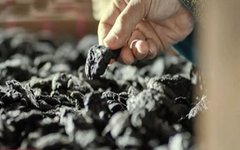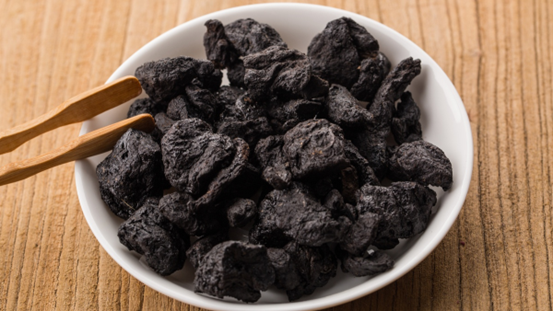
Shudi Huang (熟地黄) is a processed product of Sheng Di Huang (生地黄). Di Huang (Rehmannia glutinosa (Gaetn.) Libosch. ex Fisch. et Mey.) is a perennial herbaceous plant belonging to the Scrophulariaceae family.
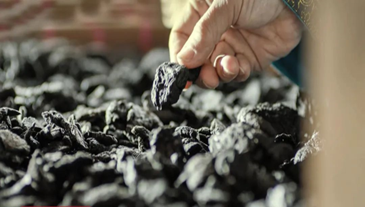
Shudi Huang is sweet and slightly warm in nature, and it enters the Liver (肝) and Kidney (肾) meridians. It has the effects of nourishing Yin (滋阴), replenishing blood (补血), benefiting essence (益精), and filling the marrow (填髓). It is known as the “first pure and thick medicine for essence and blood,” capable of greatly replenishing blood deficiency, nurturing Kidney water, filling the bone marrow, and benefiting true Yin.
What are the processing methods?1. Steaming Place an appropriate amount of Di Huang in a pot and steam it over water until the color changes to black, then take it out, dry it, and slice it.2. Wine Steaming Take cleaned Sheng Di Huang, mix it with Huang Jiu (黄酒), and stir evenly. Then add water to the container and steam it over water until the Huang Jiu is absorbed and the color of Di Huang turns a glossy black. Finally, cut into thick slices and dry. The general ratio for this method is 10:3 (30 kg of Huang Jiu for every 100 kg of Sheng Di Huang).3. Sand Ginger Processing Take cleaned Sheng Di Huang, mix it with sand ginger (砂仁) and Huang Jiu, stir evenly, and steam it over water for 48 hours until the Shudi Huang turns black, then slice it. The general ratio is 10:3:1 (30 kg of Huang Jiu and 1 kg of sand ginger powder for every 100 kg of Sheng Di Huang).4. High-Pressure Steaming Maintain a high pressure of 3-5 pounds in the pot, steam Sheng Di for about two hours. Let it sit in the pot for 12 hours, then take it out and slice it.What is the best processing method?The best method is the Nine Steaming and Nine Processing method, which first appeared in the Song Dynasty’s “Pujizhengshi Fang” (普济本事方), stating “sprinkle wine, nine steams, and nine sun-dry, then bake dry” to be considered top quality.What is the Nine Steaming and Nine Processing method?Day One Before steaming, take clean Sheng Di (Di Huang), dry it in the sun, mix it with Huang Jiu (sand ginger, Chen Pi), and stir. Place it in a ceramic pot and let it sit for 12 hours to absorb the juice. The purpose is to allow the materials to fully penetrate internally.
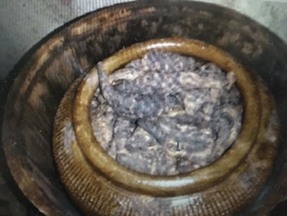
Day Two Start the first steaming. Cover the pot and steam over water for 24 hours. Pour out the Shudi Huang and the liquid produced during steaming. Mix the steamed liquid back into the Shudi Huang.
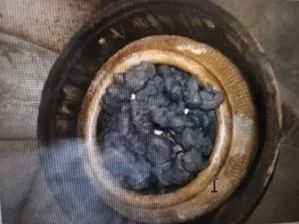
Day Three Spread out to dry until about 80% dry.
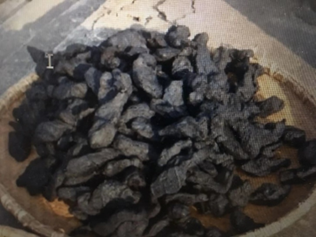
Day Four Place in a jar/bamboo steamer and steam for eight hours. Take it out and mix the steamed liquid back into the Shudi Huang.
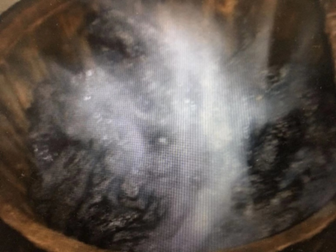
Day Five Take it out, dry it again, and cool it. Repeat this process eight times, which means steaming one day and drying one day, for a total of 16 days, plus the initial day, making a total of 17 days.Day Eighteen Mix Huang Jiu (sand ginger, Chen Pi) into the Shudi Huang, seal it in a jar, and steam until the surface is oily and the cross-section is black and shiny. Take it out and dry it.Shudi Huang has a gray-black surface, and both the inner and outer cross-sections are pitch black. The surface is oily and shiny. It has a noticeable stickiness when held, is soft, and has strong elasticity. The taste is sweet, slightly astringent, and the bitterness is almost gone.
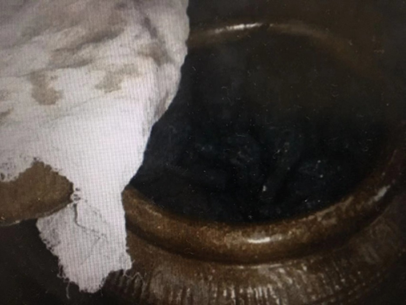
How to consume Shudi Huang?1. Soaking in Alcohol Take an appropriate amount of Shudi Huang, chop it, and to avoid residue in the alcohol, you can wrap it in gauze and soak it in alcohol for about a month before consumption. It is beneficial for those with insufficient essence and blood.2. Cooking with Food Shudi Huang can be stewed with chicken for about 2 hours. It is effective for women with menstrual irregularities and Liver-Kidney Yin deficiency.3. Making Soup Shudi Huang can be combined with chicken blood vine, along with appropriate amounts of Dang Gui (当归) and Bai Shao (白芍药), soaked in water for 2 hours, then boiled for about 30 minutes to extract the juice for consumption. It has good regulating effects for those with insufficient essence and blood, dizziness, and palpitations.Who should avoid consuming Shudi Huang? First, those with weak spleen and stomach, as the sticky nature of Shudi Huang is not easily digested and absorbed. If the spleen and stomach function declines, it can increase the digestive burden, leading to symptoms of indigestion. Second, patients with Qi stagnation and phlegm accumulation, as the richness of Shudi Huang can exacerbate phlegm-damp symptoms. Third, those with upper respiratory infections, as patients with lung inflammation and various acute inflammatory conditions should avoid using nourishing medicines like Shudi Huang.References:Study on the Processing of Chinese Medicinal Herbs


Wushan Branch of Dongyang People’s Hospital

